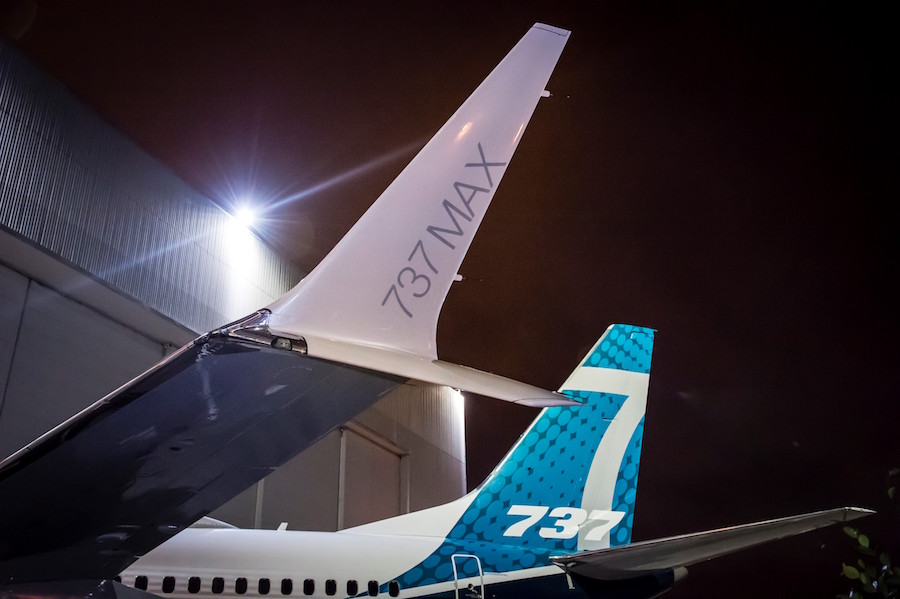
Boeing 737 MAX winglet. (Boeing)
Boeing discovered improperly manufactured slat tracks that were delivered to its factory to be put on 737 MAX and 737 NG planes, affecting up to 148 parts and 312 aircraft worldwide.
The slat track guides a plane wings’ leading edge slats. Boeing said it has not been made aware of any in-service issues related to the faulty batch, but compromised strength and durability could lead to premature failure or cracks, according to the FAA.
After catching the improperly manufactured slat tracks, which were produced by a sub-tier supplier, Boeing used serial numbers to determine when they were delivered to its factory and which aircraft might have been fitted with them. Boeing is recommending relevant operators of 179 737 MAX aircraft and 133 737 NG aircraft to check the slat track assemblies before putting them back into the air, though it thinks the number of airplanes fitted with the bad parts is considerably smaller: 20 MAXs and 21 NGs.
An FAA spokesman said the agency would put out an airworthiness directive mandating that operators perform the check within the next 10 days. Where necessary, it will take an additional day or two to install the replacement, according to a Boeing representative. The company is performing that work at customer bases to help minimize downtime. Boeing will release two service bulletins soon outlining the steps to take during inspections of each aircraft model. NG aircraft are to stay out of the air until the check has been complete, while MAX planes remain grounded worldwide because investigations following two deadly crashes revealed software problems.
Complete failure of a leading edge slat would not result in loss of the plane, according to the FAA, but “a risk remains that a failed part could lead to aircraft damage in flight.” A total of 55 of the potentially affected aircraft are located within the U.S.